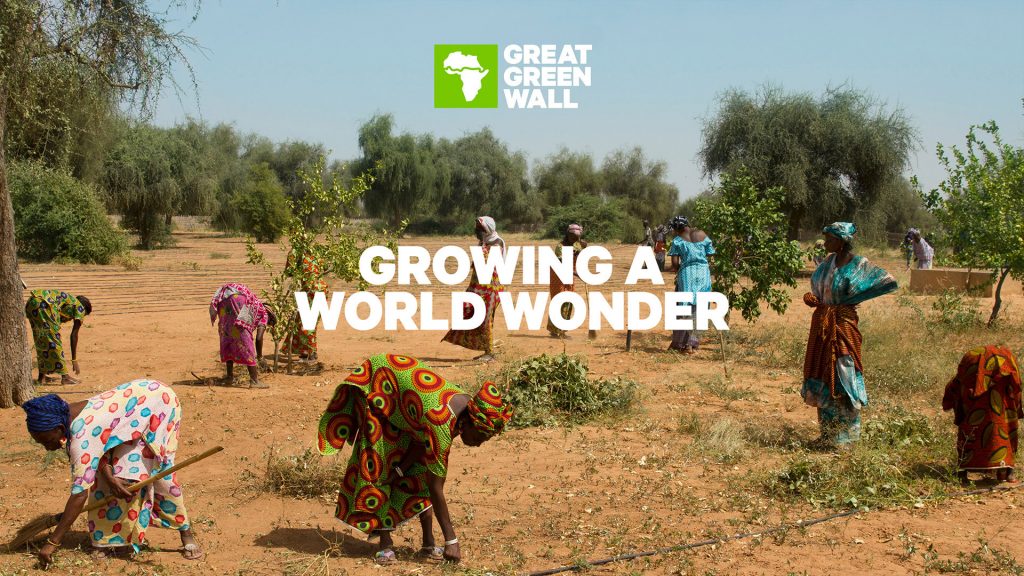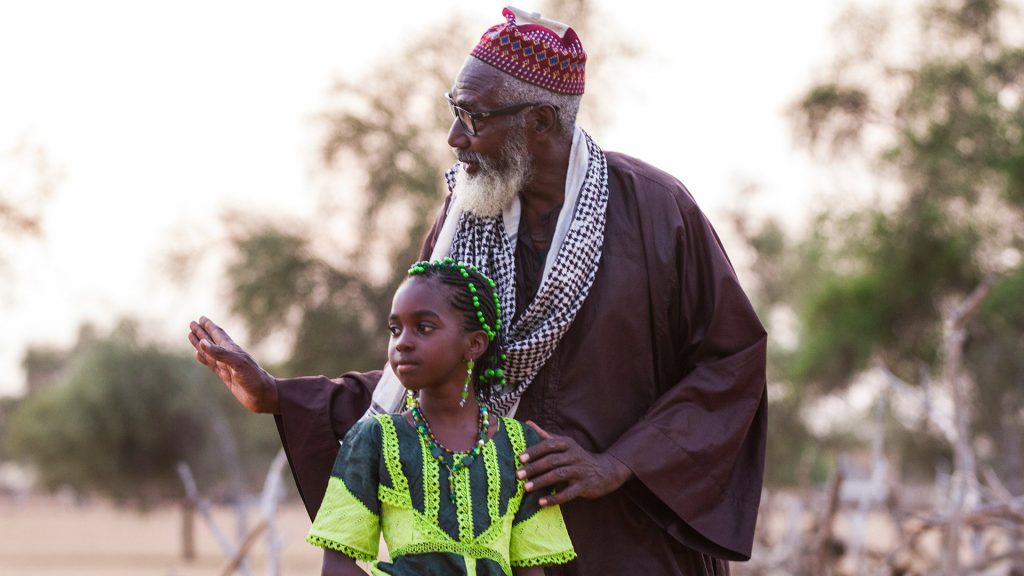The Great Green Wall is an African-led project with an epic ambition: to grow an 8,000km natural wonder of the world across the entire width of Africa. Its goal is to provide food, jobs and a future for the millions of people who live in a region on the frontline of climate change.




A fantastical and almost impossible-sounding initiative, it was first conceived in 2005 by the former President of Nigeria, Olusegun Obasanjo, as a way to create an ecological barrier against the expanding Sahara desert – ultimately, to contain it. It has since evolved into a more ambitious pan-African movement, which aims to provide food, agriculture jobs and security for millions of people across the region. The partner countries are Algeria, Benin, Burkina Faso, Cape Verde, Chad, Djibouti, Egypt, Eritrea, Ethiopia, Ghana, Libya, Mali, Mauritania, Niger, Nigeria, Senegal, Somalia, Sudan, The Gambia and Tunisia. The “wall” will cross these countries and it will be grown from the ground up, from trees and vegetation that will help to offset carbon dioxide emissions and restore land degradation.
The project will be supported by the World Bank, the African Union, the UN Food and Agriculture Organization and the UK Royal Botanical Gardens, which have together pledged $3 billion in addition to technical expertise.
A key partner in the initiative, the Head of the UN Convention to Combat Desertification (UNCCD), Monique Barbut, says, ‘The Great Green Wall is a symbol of hope not just for Africa, but for the whole world. It shows us that, by working with rather than against our natural environment, we can grow solutions to humanity’s greatest challenges, like climate change and migration.’
Once completed, this colossal feat of human endeavour will be the largest living structure on the planet – three times the length of the Great Barrier Reef.
